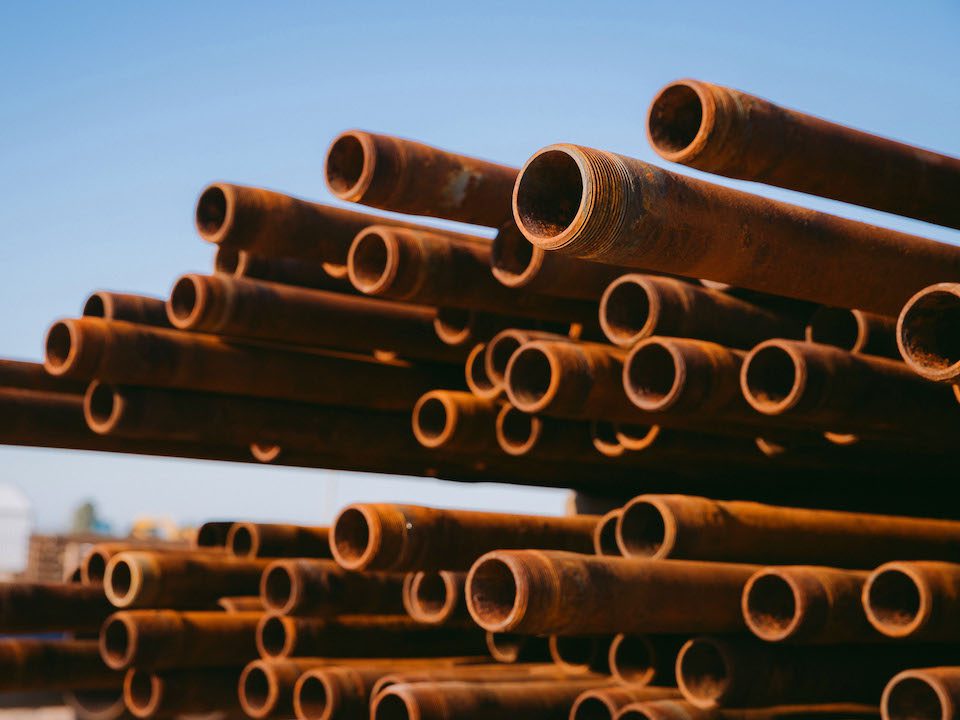Pipeline Chronicles: The Power of Oil Supply Pipes

We all wish life were as sturdy as an oil supply pipe! They’ve stood the test of time, braved the harshest elements and yet carry on the job with utter finesse. Let’s uncoil this world of “used oilfield pipes” straight from the oil fields to your reading screens. Drill down with us as we navigate you through the nitty-gritty of these industry stalwarts.
Steel: The Unyielding Support Behind Supply Pipe Materials
Stepping into the core of used oilfield pipe, let’s bullet down why steel is the king of the field:
- Durability: “Steel is exceptionally durable and corrosion-resistant, particularly critical in the demanding oil and gas environment.” Steel pipes retain their integrity even in the face of harsh chemical substances and extreme temperatures. Additionally, they are not prone to rot, pest damage or other forms of decay that can affect alternative materials.
- Strength: Steel pipes are inherently strong, capable of withstanding high pressure, both internal (from the fluid they carry) and external (from the environment). That makes them suitable for high-pressure drilling operations where other materials might fail. They can carry heavy loads of oil or gas over long distances without buckling or breaking.
- Malleability: Despite their strength, steel pipes are highly malleable, meaning one can shape, bend and weld them to suit the specific needs of one’s project. This flexibility allows them to suit various landscapes- offshore platforms, hilly terrain or desert fields. Yet, even after being manipulated, steel pipes maintain their original strength and integrity.
- Resistance to Shock and Vibration: Steel is resistant to shock and vibration, a crucial factor in drilling operations. Unlike other materials, steel pipes can withstand the intense vibration of drilling without cracking or failing.
- Sustainability: Lastly, steel is recyclable. One can repurpose oilfield pipes for other applications such as construction, fencing or other industries. It reduces waste and promotes a more sustainable industry.
A Tale of Two Pipes: The Buried and the Exposed
Here comes a game of hide and seek! Let’s dig into the differences between buried and exposed pipes.
- Buried Pipes: These underground ninjas protect from physical damage and temperature fluctuations. But they require an excellent anti-corrosion coating to stay safe from soil and groundwater interactions.
- Exposed Pipes: These are easy to access, inspect and repair on the surface. They’re the open books of the oilfield pipe world but need solid protection against weathering and physical damage.
The Dance of the Fluids: Gravity & Sub-Gravity Systems Unraveled
Now, let’s unearth the mystery behind the flow in these robust used oilfield pipes.
- Gravity System: The all-natural way, where oil flows down due to the simple force of gravity. The terrain plays a vital role here. It’s a downhill journey for the oil with no additional energy required.
- Sub-Gravity System: Think of it as the extra boost. Pumps aim to fight gravity and push oil upwards or across flat terrains. It’s more complex yet efficient in extracting the last drop.
Fire Valves: The Silent Sentinels of Used Oilfield Pipes
- The fire valve, a vigilant guard in the oil supply pipe, protects the system from fire hazards.
- It automatically cuts off the oil supply when the temperature exceeds a specific limit, preventing a possible catastrophe.
- It’s like the fire extinguisher of the oilfield world, a silent watcher, ensuring safe operations round the clock.
Leap into Action with Bison Pipe
Do you need more pipe talk, or are you considering investing in sturdy oil supply pipes? Well, you’re in luck! Drop by Bison Pipe, the stalwart provider of used oilfield pipes. Let Bison Pipe be the ‘steel’ in your oilfield endeavors! Join us now, and let’s charge toward success together!
